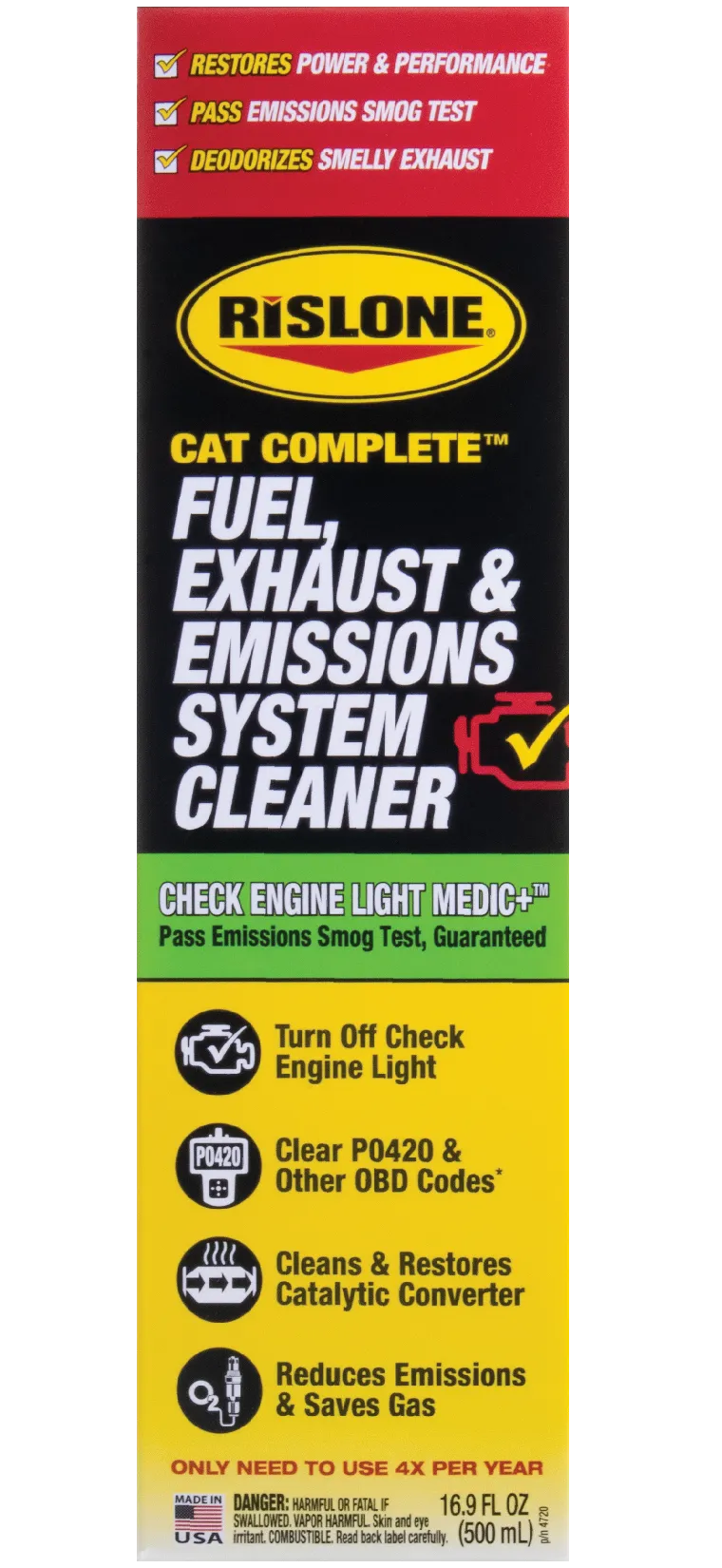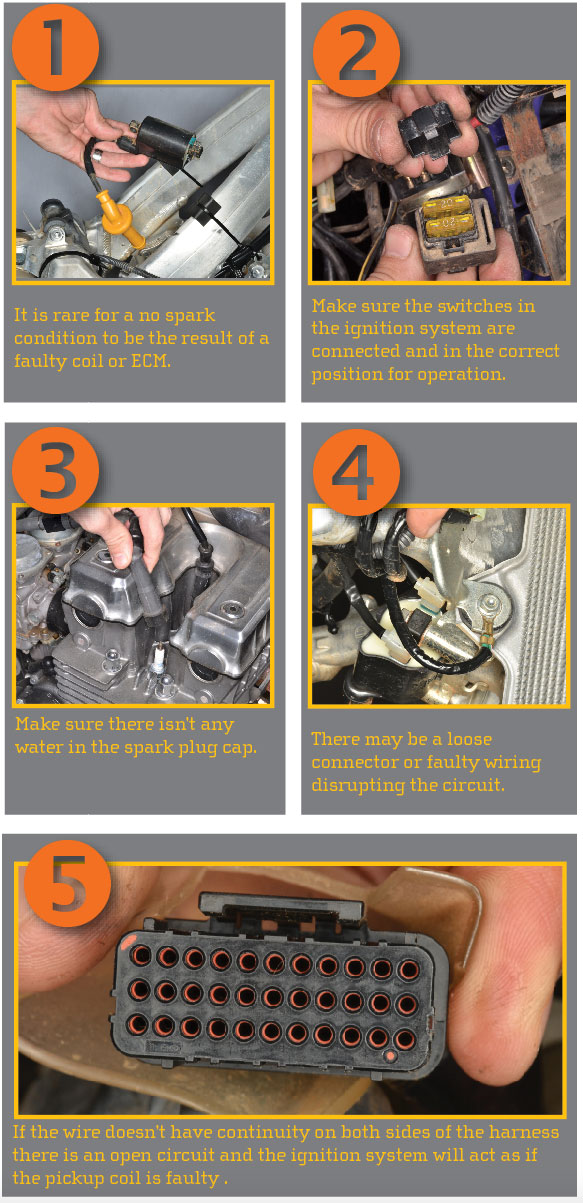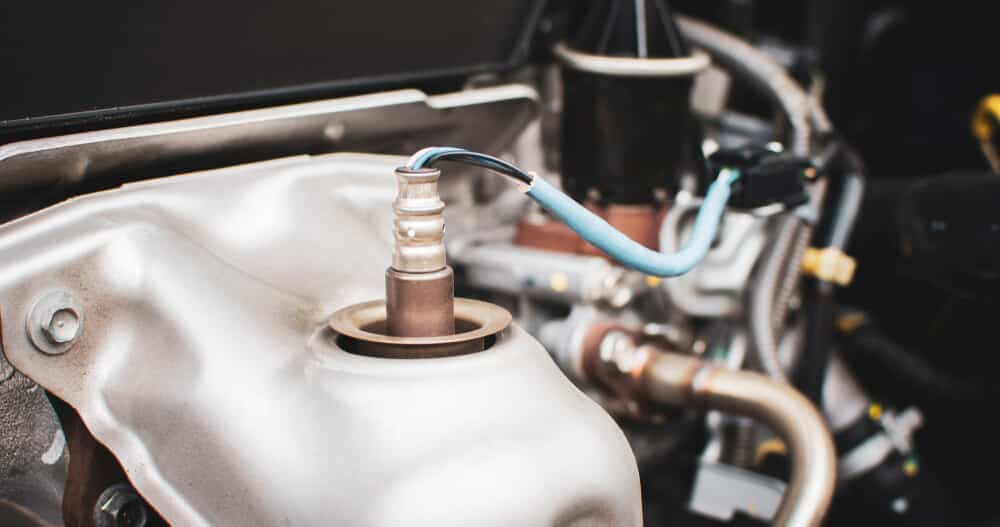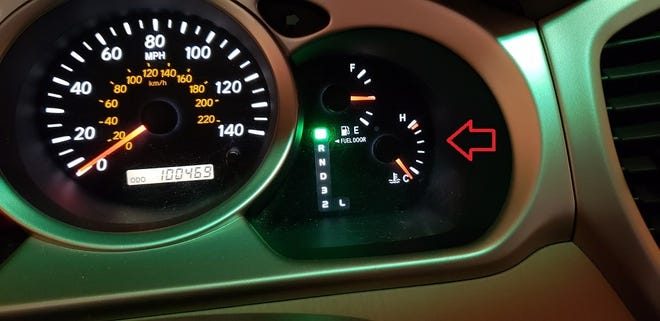Will P0420 Code Clear Itself
The P0420 code may clear itself if the underlying issue was temporary and has been resolved. Persistent issues will not allow the code to reset without intervention.
A P0420 diagnostic trouble code signals issues with your vehicle’s catalytic converter efficiency. While drivers might hope this code will vanish on its own, understanding the conditions under which it could is crucial. Typically, a temporary anomaly like poor fuel quality can trigger this code, which might clear after a few driving cycles once the condition improves.
However, if the code points to a serious malfunction, professional diagnostic and repair are necessary. It’s important to address a P0420 code promptly, as ignoring it could lead to more severe problems like reduced engine performance or increased emissions. Conscientious vehicle maintenance and early detection of issues can help prevent long-term damage that could otherwise be costly to repair.
P0420 Code Fundamentals
The P0420 code stands for ‘Catalyst System Efficiency Below Threshold (Bank 1)’. It’s a diagnostic trouble code (DTC) that vehicles use to alert drivers to an issue within the exhaust system. Often linked to the catalytic converter’s performance, it’s a signal that your car’s emissions may not be up to standard.
What Triggers P0420 Error Code
A P0420 error code can arise due to several factors. Common culprits include:
- Faulty oxygen sensors that no longer provide accurate data
- Deteriorated catalytic converter not converting exhaust gases efficiently
- Exhaust leaks that skew sensor readings
- Engine issues leading to improper fuel mix
Assessing the specific cause requires a thorough examination by a professional.
Indications Of A Catalyst System Efficiency Below Threshold
Drivers might notice several signs when dealing with a P0420 code:
- Reduced engine performance as the exhaust flow is hampered
- Increased exhaust emissions, which can lead to a failed emissions test
- Strange smells from the exhaust, suggesting untreated gases
- The presence of the check engine light on the dashboard
Ignoring these signs can risk further damage to your vehicle.

Credit: www.reddit.com
Misconceptions About Obd-ii Codes
Misconceptions about OBD-II Codes are common among vehicle owners. The On-Board Diagnostics system (OBD-II) in vehicles keeps track of performance. It identifies malfunctions by assigning diagnostic trouble codes (DTCs). One such code, P0420, signals issues with the catalytic converter’s efficiency. A big question looms: will it clear on its own?
Can Error Codes Resolve Without Intervention
It’s a myth that OBD-II codes like P0420 can fix themselves. Error codes are red flags. They typically require a mechanic’s attention. Some believe that codes vanish if the problem disappears. It is essential to understand this is not always the case. Consider a simple analogy: a health symptom may subside, but the cause could persist. Similarly, while the code might temporarily reset, the underlying issue may remain, demanding proper diagnosis and repair.
Myths Surrounding Self-correcting Codes
- Codes always need a fix: Not always true.
- Codes disappear after several drives: This is rarely the case.
- Maintenance lights equal serious trouble: Often, they’re just reminders.
Certain circumstances might see temporary relief from a lit check engine light. It is crucial to note that regardless of momentary code clearing, investigation and resolution are imperative. A recurring P0420 code indicates an unresolved issue with the catalytic converter. Ignoring it may lead to costlier repairs.
Key Factors Affecting P0420 Code Resolution
The P0420 code on your vehicle’s onboard diagnostics system can be a real headache. This code suggests your car’s catalytic converter isn’t working as efficiently as it should. But will it clear up on its own? Several factors can influence the resolution of the P0420 trouble code.
Temporary Vs. Permanent Dtcs
Diagnostic Trouble Codes (DTCs) come in two types: temporary (pending) and permanent. A temporary code often clears if the problem doesn’t recur after several driving cycles. Permanent codes are more stubborn. They require a fix and a manual reset with a scan tool or after a set number of clear drive cycles.
The Role Of Drive Cycles In Code Reset
A drive cycle is a series of conditions your car completes when you start and drive. Most cars need several successful drive cycles before a P0420 code clears. Conditions include:
- Starting the engine
- Reaching operating temperature
- Mixed highway and city driving
- Engine shut off
If your vehicle goes through the required number of drive cycles without detecting the problem, the code might reset itself.
Solving P0420 Code Issues
The enigmatic P0420 code populating your vehicle’s OBD system can be disconcerting. This diagnostic trouble code (DTC) implies that your car’s catalyst system is not performing as expected, indicating that the catalytic converter’s efficiency is below the threshold. But, no need to panic! Let’s explore the fixes that can extinguish that pesky check engine light and get your car back to its optimal state.
Common Fixes for the Catalyst Efficiency ProblemCommon Fixes For The Catalyst Efficiency Problem
Addressing a P0420 code requires a methodical approach. Begin with the most common solutions:
- Oxygen Sensor Check: Inspecting and, if necessary, replacing faulty oxygen sensors can resolve the issue.
- Exhaust Leaks: Seal any detected leaks in the exhaust system.
- Catalytic Converter Inspection: A thorough examination and cleaning may improve performance.
- Fuel System Cleaning: Remove carbon deposits to ensure proper fuel mixture.
- Software Update: Sometimes, an update to the car’s computer software is all it takes.
Performing these steps can often clear the P0420 code, but if the light persists, it’s time to seek professional advice.
When to Consult a Professional MechanicWhen To Consult A Professional Mechanic
When basic troubleshooting doesn’t clear the P0420 code, expertise is a must. Here’s when to call in a pro:
- Persistent Check Engine Light: If after all your efforts the light remains, a mechanic’s skills are required.
- Catalytic Converter Replacement: A professional can confirm if a new converter is needed.
- Complex Diagnostics: Mechanics possess advanced tools for accurate diagnosis.
- Tailpipe Emissions Test: Ensure your car meets emission standards with a professional test.
Remember, addressing P0420 promptly ensures longevity for your car’s exhaust system and keeps emissions in check.
Preventive Measures And Maintenance
Your vehicle’s health is very important. Just like you need regular check-ups, your car does too. This helps stop problems before they grow big. Catalytic converters can get damaged. When they do, they set off a P0420 code. Keeping them in good shape means you can avoid this trouble. Let’s learn how to take care of them!
Long-term Care For Your Vehicle’s Catalytic Converter
Want to keep your catalytic converter happy for a long time? Here’s what you should do:
- Use the right fuel. Your car’s book tells you which to use.
- Keep it clean. Regular driving helps burn off bad stuff.
- Fix leaks. Oil or antifreeze leaks can harm the converter.
- Warm up your car but not for too long. It’s just right!
How Regular Check-ups Aid In Avoiding P0420 Codes
Think of check-ups as your car’s report card. They tell you what’s good and what needs work.
The engine light is a key sign. Don’t ignore it!
| What to Check | Why It Helps |
|---|---|
| O2 Sensors | They tell if your fuel mix is right. |
| Exhaust System | A good system means fewer problems. |
| Spark Plugs | Bad plugs can hurt the converter. |
Schedule visits to your mechanic. They have the know-how. They check and fix things early. This helps avoid codes like P0420.

Credit: rislone.com
Impact Of Ignoring P0420 Code
Ignoring the P0420 code on your vehicle’s dashboard may seem like a minor issue now. But, it could lead to more serious problems down the road. This code signals that something is wrong with the catalytic converter, a critical component in reducing exhaust emissions.
Potential Consequences Of Not Addressing The Issue
When you disregard the P0420 code, you risk facing several unfavorable outcomes:
- Decreased Fuel Efficiency: Your car will use more gas than normal.
- Poor Vehicle Performance: You may experience reduced power and acceleration.
- Frequent Breakdowns: There’s a higher chance your car will need unplanned repairs.
- Major Component Failure: Over time, the problem could spread and damage other parts of your car.
These issues not only hurt your wallet but also can lead to a failed emissions test.
Legal And Environmental Implications Of A Faulty Catalyst
A faulty catalytic converter has legal and environmental consequences. Let’s break them down:
| Legal | Environmental |
|---|---|
| Fines: Driving with a bad converter can lead to costly penalties. | More Pollution: Your car releases toxic gases without a working converter. |
| Inspection Failure: Without repair, your car will not pass state emissions tests. | Health Risks: Increased pollutants contribute to poor air quality. |
Ignoring the problem means contributing to environmental degradation. This affects air quality and can cause health problems for you and others.

Credit: www.thenewx.org
Frequently Asked Questions On Will P0420 Code Clear Itself
Can A P0420 Error Code Resolve On Its Own?
No, a P0420 error code typically will not clear itself. It indicates a problem with the vehicle’s catalytic converter efficiency, which usually requires intervention. Professional diagnosis and repair are often necessary to resolve the underlying issue causing the code.
What Causes A P0420 Code To Appear?
A P0420 code is triggered by the vehicle’s onboard diagnostic system. It signals that the catalytic converter is not functioning at optimal efficiency. Causes can include a failing converter, oxygen sensor problems, or exhaust leaks.
How Long Can I Drive With A P0420 Code?
Driving with a P0420 code is risky and should be limited. While the vehicle may seem to run fine, prolonged driving could damage the catalytic converter further. It’s advisable to get it checked and repaired as soon as possible.
What Are Common Symptoms Of A P0420 Code?
Symptoms of a P0420 code can include a check engine light, reduced fuel efficiency, and possibly a sulphur or rotten egg smell from the exhaust. The vehicle might also fail an emissions test due to this code.
Conclusion
Navigating the complexities of a P0420 code can be daunting for vehicle owners. While this code might not resolve on its own, proactive steps can often mitigate the underlying issue. Remember, a thorough diagnosis and timely repairs are essential to keep your car running smoothly and maintain its health.
Seeking professional advice is always the smart move. Keep your journeys worry-free by addressing automotive hiccups promptly.






